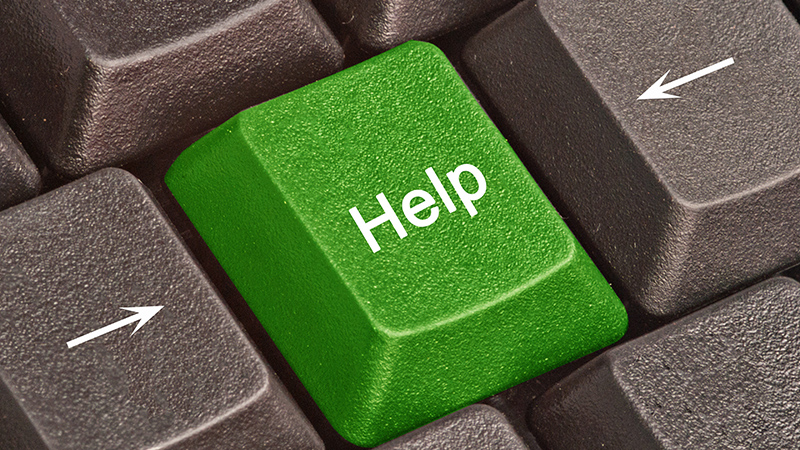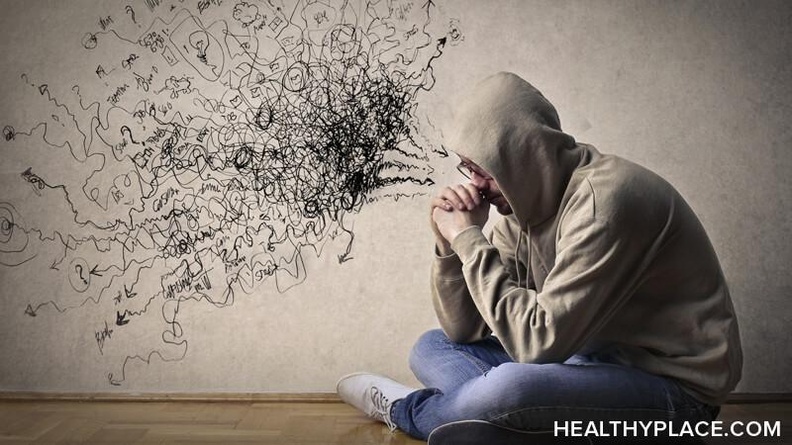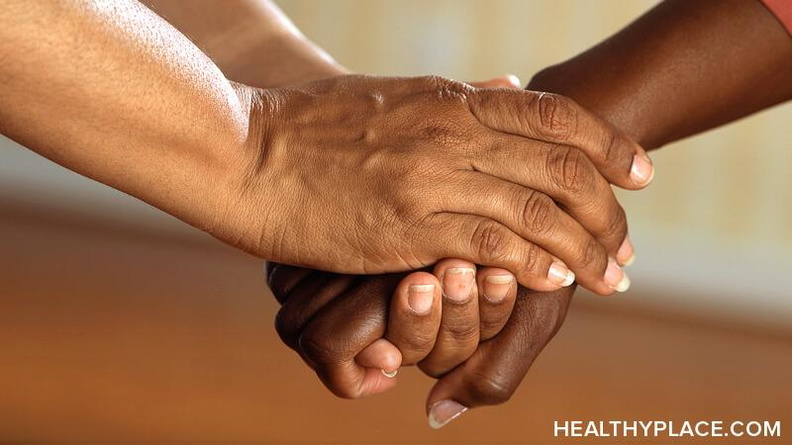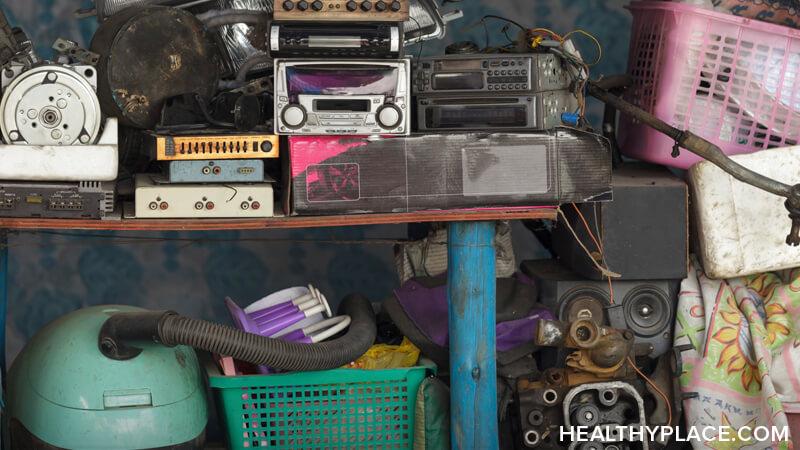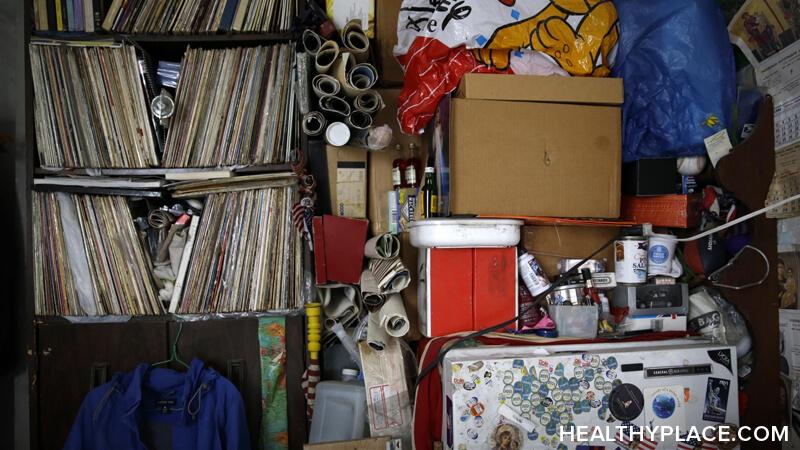
You may know Hoarding Disorder as compulsive hoarding or extreme hoarding. Previously classified as merely a symptom or sub-type of obsessive-compulsive disorder, experts have promoted compulsive hoarding from sub-type to actual disorder. The Diagnostic and Statistical Manual of Mental Disorders, 5th edition, or DSM-5, classifies hoarding disorder as a mental illness separate from other disorders, which is a good thing when it comes to selecting an effective treatment for hoarding.
America Gets a Peek Into Hoarding Disorder
Hoarding disorder has made its way into living room and water cooler conversations across the country. These days, it seems everyone knows what a compulsive hoarder is. The condition is the subject of the popular show, Hoarders, on A&E channel. The show shamefully spotlights and makes a spectacle of the tendency shared by many people – a debilitating condition for well over a million Americans.
Disconcerted viewers may think to themselves, "I am glad I am not as bad as those people!" Then there are those who may secretly worry, "I have some similar tendencies! Am I becoming a compulsive hoarder?" If you feel the show mocks the sensitive subject, you would not be alone.
However, if you keep an open mind, you may find there is a societal benefit in bringing hoarding disorder to everyone's attention. People who need treatment, but have been unaware of available help, may gain the knowledge they need to seek that help. Since 2009, A&E's Hoarders has enjoyed enormous popularity, showing that hoarding disorder strikes a chord with mainstream America.
Compulsive Hoarding or Hobby?
Compulsive hoarding comes in a variety of forms. A compulsive hoarder may collect knick-knacks, books and papers, food items, or even animals. Whatever the items of obsession, the hoarder cannot bear to part with them. The reason could involve an emotional connection.
In other words, the person may feel the objects have sentimental value or evoke pleasant memories. Another reason could come out of a desire to avoid wastefulness. One hoarder may keep things that he believes he may need later on. Another compulsive hoarder may have a fear of losing information she'll want later, such as books, magazines, even junk mail.
Doctors and mental health professionals look for certain hoarding symptoms or characteristics when diagnosing a person with hoarding disorder:
- Excessive and persistent collection of items regardless of material worth
- Absolute inability to part with any of the collected items
- The accumulation fills up entire living or working space, making normal use impossible
- Hoarding behavior causes significant anxiety and distress in the hoarder that impairs functioning in daily life
- Hoarding behavior is not due to a medical condition
Hobby collectors and people who simply don't keep a neat living or workspace typically don't fit diagnostic criteria for hoarding disorder. Many people have collections of favorite items and memorabilia and most people collect clutter to varying degrees. But healthy people have very little problem sorting through and discarding their clutter when time and situation allows. In the mind of the compulsive hoarder, every single collected item has value. Just the thought of discarding an item usually results in severe anxiety.
Extreme Hoarding – A Silent Cry for Help
What you typically see on television represent cases of extreme hoarding. People who suffer from this mental illness often cannot navigate around their homes because of the excessive amounts of debris stacked and stored in every available space. Many refuse to allow visitors inside. Those who live with other family members create unhealthy environments not only for themselves, but also for their loved ones.
If you entered a hoarder's home, you would likely notice an overwhelming smell. The smell could come from mildew, rotten food, or even dead animals lurking behind and under the stacks of stuff that no one could reach to clean out.
Hoarders who rent their homes risk eviction because of the mess and unsafe conditions. The filthy environment can lead to frequent or chronic illness. Certainly, social interactions and family relationships would become difficult for a hoarder. Even keeping a job can prove challenging because of frequent sickness and lack of hygiene.
Pack Rat Personality vs. Hoarding Mental Illness
So, you have always thought of your quirky Aunt Betty as a pack rat, but never considered that she might have the mental illness called hoarding? The typical pack rat is simply an unorganized person who lacks organization skills and puts off sorting through clutter. A compulsive hoarder takes this tendency to the extreme--not just procrastinating, but purposely keeping things most folks would call trash.
There is no denying that unlike typical pack rats, compulsive hoarding behavior indicates a serious psychological illness. Fortunately, doctors have effective treatments specifically for hoarding mental illness, since the DSM-5 now classifies it as a separate diagnosis.
article references

